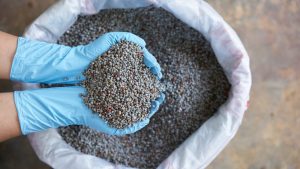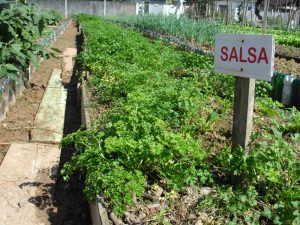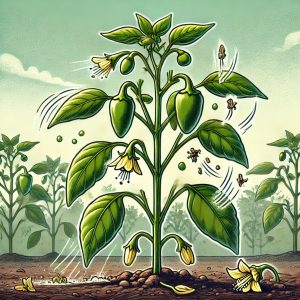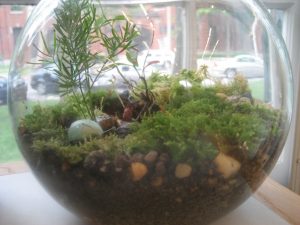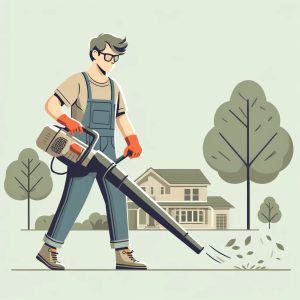Last Updated on July 2, 2024 by teamobn
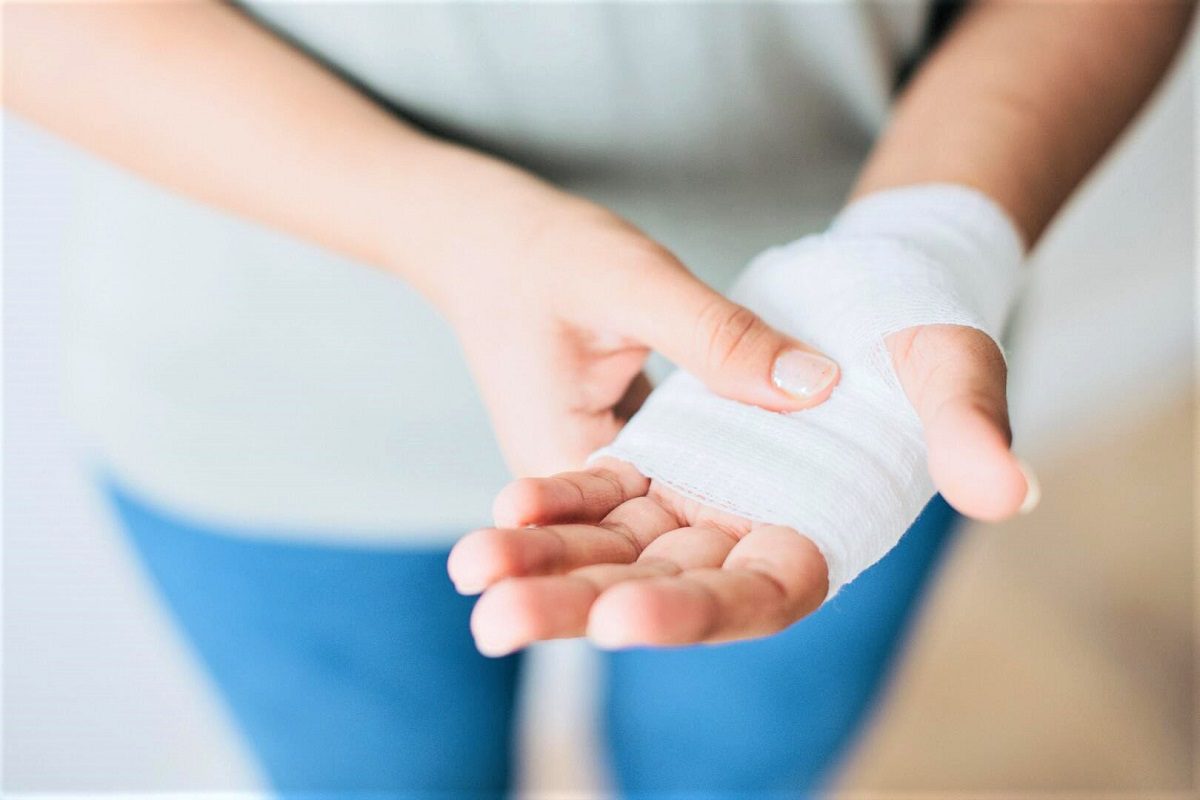
Gardening injuries are a dime a dozen, and so are the people who get hurt while tending to their gardens. It’s not that gardeners are particularly clumsy. There is nothing especially dangerous about gardening, either. But tending to a healthy garden does involve a few hazards.
Just ask the 300,000 gardeners who land in the hospital from gardening injuries each year in the US alone.
Things are no different for gardeners in the UK, where gardening injuries are so prevalent that emergency room attendants have taken to calling people who get them “heartsink patients.” Evidently, the repeated sight of them makes the hearts of emergency room staff sink.
Common Gardening Injuries and How to Avoid Them
Contents
- 1 Common Gardening Injuries and How to Avoid Them
- 1.1 1. Slips and falls are the most common cause of gardening injuries.
- 1.2 2. Power tools and machinery can cause gardening injuries.
- 1.3 3. Repetitive motions involved in some gardening tasks can cause neck and back pains.
- 1.4 4. Many gardening injuries are the result of accidents involving cutting tools.
- 1.5 5. Thorns can result in potentially lethal infections.
- 1.6 6. Most gardening injuries involving the eyes occur as a result of flying debris.
- 1.7 7. Sunburns are a common gardening injury.
- 1.8 8. Some plant saps can cause dangerous gardening injuries.
- 2 Staying Safe in Your Garden
Even a cursory glance at the volumes of research on the health benefits of gardening will convince you that being out in the garden is good for you. Still, gardeners must take precautions to avoid injuries– just like everybody else.
So, whether you are a seasoned gardener or a beginner, it’s important to be aware of the hazards present in our yards. With that in mind, here are eight common garden injuries and how to avoid them.
1. Slips and falls are the most common cause of gardening injuries.
Slips and falls are the most common cause of gardening injuries, hurting 115,000 people in the US each year. We here at OBN can attest to this. We have tripped on rakes and hoses, tumbled down poorly planned slopes, slipped on bad steps, and fallen face-first over potted plants into a pile of compost at one point or another while gardening.
But there are a number of ways to avoid gardening injuries from slips and falls. Putting tools away obviously helps. So does lighting paths and steps at night.
Tripping on slopes and steps is quite another matter. This can happen when changes in level aren’t easily discernible, or when steps are too tall or short for the casual stride.
If possible, hire a professional landscaper who will know the correct sizes and slope angles to prevent accidents.
Many gardeners fall off ladders, too. To be safe, always use ladders on a solid, level surface and have someone there with you at all times.
If you are working above a certain height, you should wear protective equipment such as a suitable helmet. Better yet, have a professional do the work for you.
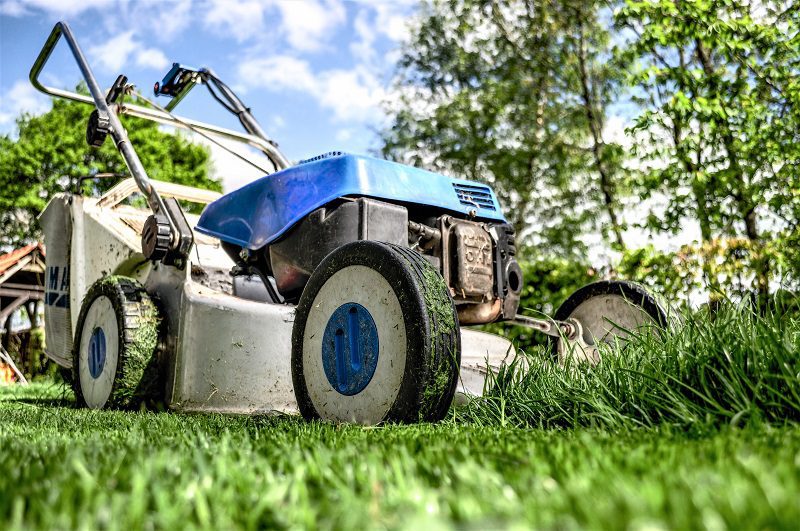
2. Power tools and machinery can cause gardening injuries.
Hedge trimmers and lawnmowers are behind some of the most serious gardening injuries in the US, where they send some 9,600 people to the hospital each year. Many of the injuries result from people ignoring the safety precautions in the manual or failing to maintain the machines.
This leads to worn bits breaking off from the machines or to unnecessary physical strain on the gardener, which can cause unpredictable slips.
To avoid gardening injuries as a result of the misuse of power tools and machinery, always clean, sharpen, and check your equipment between every use. You should also make sure that you oil those parts that need lubrication.
Wear eye protection when using hedge trimmers, and protective gloves when you handle the blades. Perhaps more importantly, do not forget to switch off the machines before you clean or oil any moving parts.

3. Repetitive motions involved in some gardening tasks can cause neck and back pains.
The repetitive motions involved in digging, raking, and weeding can lead to back pain and muscle spasms for any gardener, regardless of age. Picking, pruning, and digging, can require putting yourself into some awkward positions that can cause back injuries, as well.
To prevent gardening injuries of this type, warm up before you start your chores. Take a quick stroll around your garden to get your blood pumping. Do some simple stretches to prepare your muscles for work.
We likewise suggest that you use cushioning when and where possible. Garden kneelers are readily available and are an essential investment. If something feels too heavy to lift – be it a bag of compost or a hefty potted plant, stop and get help.
Weed or dug from a standing position using long-handled hoes, spades, and forks. If you have to squat or kneel to use hand tools, make sure that you do so only for short periods of time.
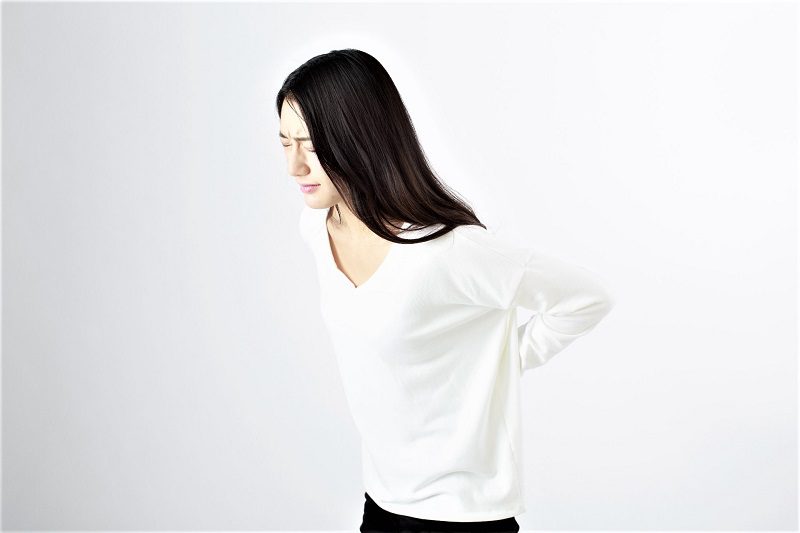
4. Many gardening injuries are the result of accidents involving cutting tools.
The regular maintenance and sharpening of cutting tools, such as shears, secateurs, and knives reduce the possibility of accidents by minimizing the force you need to exert when you use them.
However, accidents do happen. We found out as much when we nearly severed a finger while sharpening secateurs not too long ago.
That said, thousands of people are hospitalized by secateurs, shears, and pruners every year. Most of these gardening injuries can be avoided, or at least be made less damaging, by wearing strong protective gardening gloves.
But the best way to avoid gardening injuries from sharp tools is to carry them with as much care as you would carry a loaded firearm.
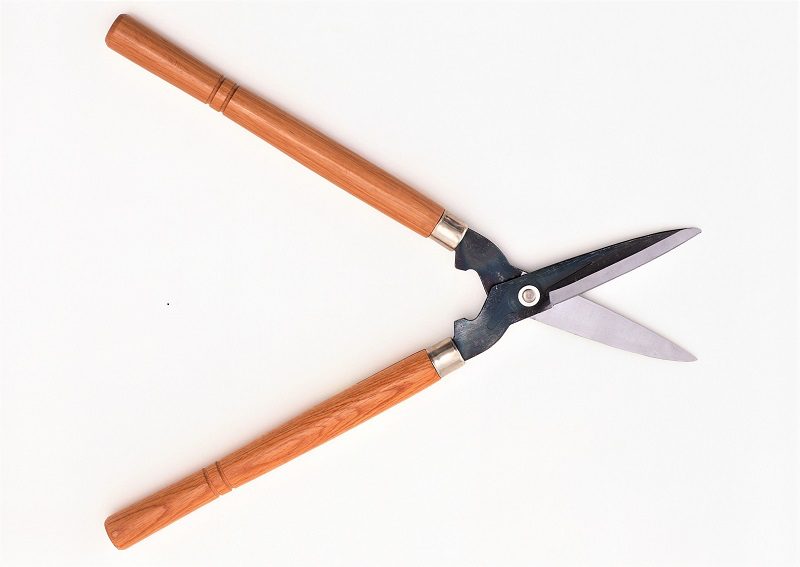
5. Thorns can result in potentially lethal infections.
Thorns are another source of gardening injuries. Just about every gardener who grows roses has been pricked by thorns, which is more or less unavoidable when you prune unruly rose bushes. Other bristly plants include the berberis, holly, and the deadly pyracantha.
Thorns not only make painful puncture wounds, but they can cause infections, too. Gardeners are constantly in contact with soil, which can be dangerous if you happen to have an untreated and unprotected puncture wound.
During the course of the year, we amend the soil in our gardens with organic fertilizers, compost, and manures. The causative agent of tetanus can be found in soil contaminated with animal fecal wastes.
The bacteria convey a powerful toxin that is 50 times as poisonous as cobra venom and 150 times more deadly than strychnine.
The US National Institute of Health says that even a shallow scratch is susceptible to infection by tetanus bacteria. Tetanus infection is highly lethal.
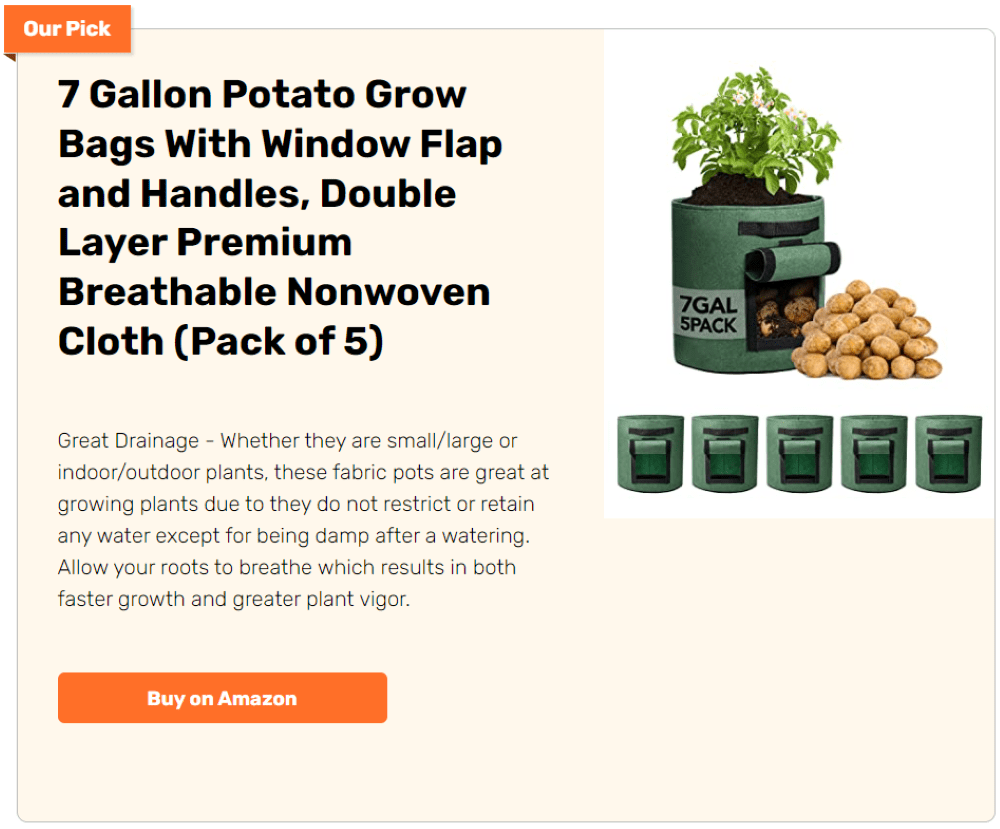
To avoid these potentially life-threatening gardening injuries, wear thick gardening gloves when pruning – and work slowly.
Tempting as it may be to go out and prune rosebushes in shorts and sandals on a hot day, resist the urge. Wear long pants, long sleeves, socks, and shoes.
If you’ve been pricked, wash the cut with soap and water as soon as possible. See a doctor if redness spreads or the wound is particularly sore. These are both signs of infection.
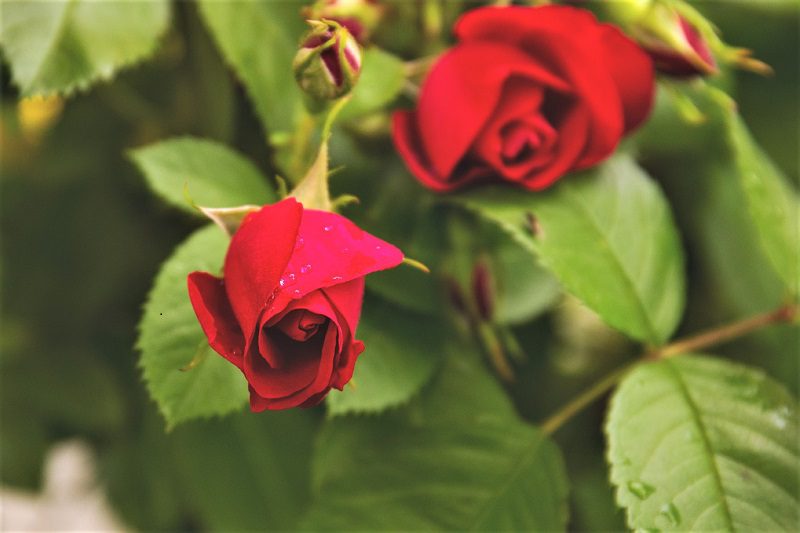
6. Most gardening injuries involving the eyes occur as a result of flying debris.
You should always wear eye protection when you are doing any type of gardening activity, including digging, planting, pruning, or fertilizing.
Vegetable growers are familiar with the danger posed by a bamboo cane. When unseen, they can jab you in the eye as you bend down to weed.
But most gardening injuries involving the eyes occur as a result of flying debris. For example, hedges fling their branches at your eyes when you prune them. Splinters will fly at you when you are cutting off wayward branches.
Consider wearing protective goggles or gardening glasses when working in the garden. You can also place upturned plant pots or rubber caps on cane tips to reduce the possibility of injuring your eyes.
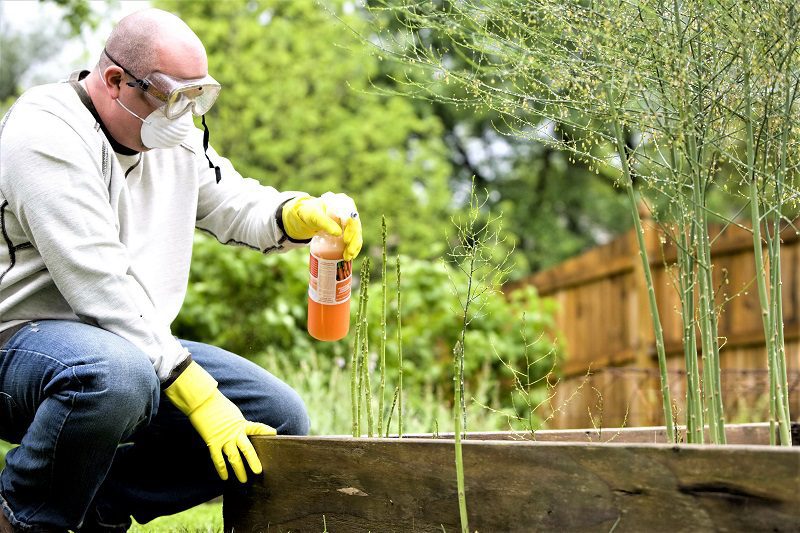
7. Sunburns are a common gardening injury.
Sunburns are also a common type of gardening injury. Gardeners will spend long hours under the sun in the summer. This means they need to protect their skin while gardening.
The sun feels wonderful, especially after winter, but the damaging rays age your skin and put you at risk for cancer.
Prevention is the best medicine, of course. To prevent sunburns, time your gardening tasks with the sun. Weed those beds when they were in the shade of a big tree or the house.
You can also try working early in the morning and in the evening to avoid the time of day when the sun’s rays are most intense – between 10 a.m. and 4 p.m.
While the heat of summer tempts you to wear less clothing, wear lightweight, long-sleeved shirts and full-length pants that fit loosely. Wear gloves, too, and a wide-brimmed hat.
If you have to work long hours under the sun, use sunscreen with an SPF of at least 30. Drink plenty of water while outside. Take breaks when you start to feel uncomfortable and sit in the shade for a few minutes before going back to work.
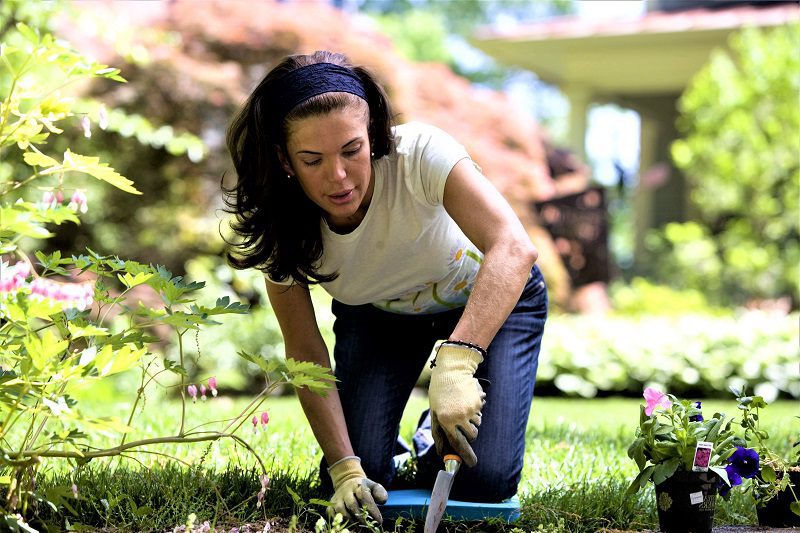
8. Some plant saps can cause dangerous gardening injuries.
Some plants produce sap that can cause blistering in sunlight. The hogweed is one example. The sap of this four-meter-tall plant can cause some painful blistering in sunlight.
But some other plants we come across every day in our gardens can cause even worse reactions. For example, aconite – or, more popularly, wolfsbane – contains a powerful toxin that can kill people.
Every part of the wolfsbane is toxic. But the sap, in particular, is a skin irritant, causing burning of the lips and mouth, diarrhea, vomiting, and spasms.
To avoid this kind of gardening injury, do some research to see what the riskier plants look like. If you develop a rash following contact with a certain sap, or you have accidentally eaten a poisonous plant, seek medical attention immediately.
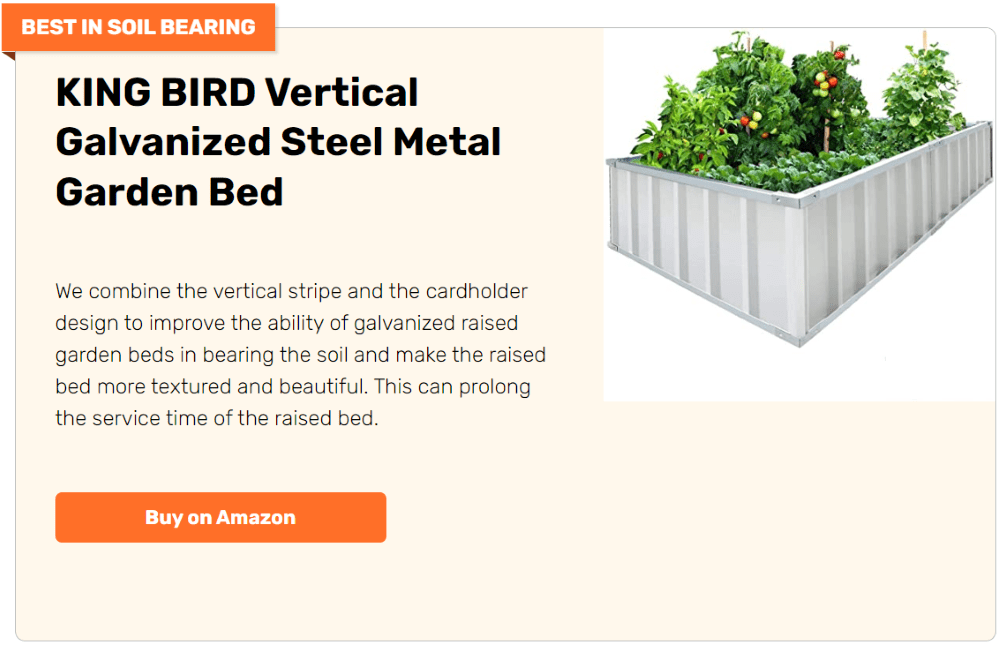
Staying Safe in Your Garden
While gardening is not an inherently dangerous activity, the reality is that gardening can result in as many injuries as some sports. One of the main contributing factors to gardening injuries is that gardeners think of the activity as a casual afternoon of peace and quiet.
They do not warm up, stretch, or prepare for the work ahead. Or worse, they get careless around gardening machinery and sharp tools.
Gardening is a wholesome preoccupation – one where we get to put our hands in the dirt, breathe the fresh air, and harvest the rewards of our labor.
The garden is an excellent reason to get out of the house, stay active, and put a little good into the earth. We hope the tips above help to keep your gardening as safe and healthy as possible.
Have you ever hurt yourself in the garden? Did your gardening injury help you to become more careful in the garden? Tell us about your experience in the comment section below. We’d love to hear from you.

